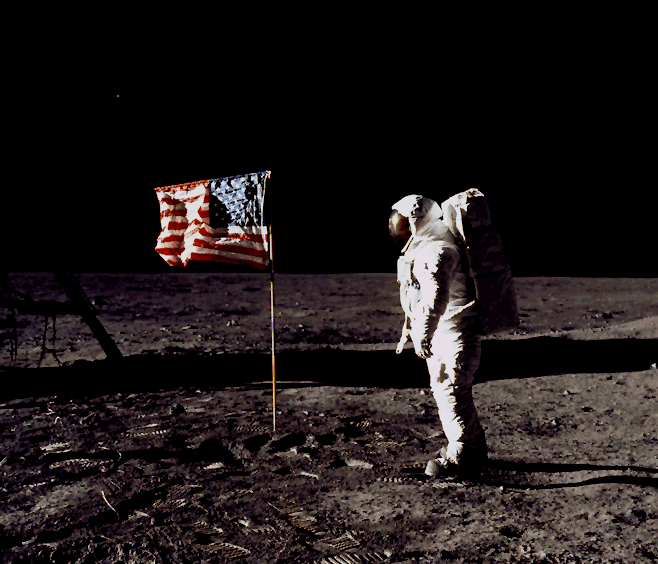
It was on July 20, 1969, during the peak of Cold War, that NASA's Apollo 11 landed on the moon. Now, 50 years after the glorious human feat, the world is again witnessing a space race, as several world powers are all set to launch moon missions to explore earth's only natural satellite. On July 15, India will launch its 'Chandrayaan-2' lunar mission from the Satish Dhawan Space Center at Sriharikota in Andhra Pradesh.
Interestingly, the Asian power is apparently planning to soft-land on the dark side of the moon, an area which was only explored by China in the past. It was around a few months back that China landed its Chang'e-4 probe on the moon's far side, a region which is not visible from the earth due to tidal locking. Space experts believe that both these Chinese and Indian missions will help to unveil several mysteries regarding the moon and the evolution of the solar system.
"The lunar South Pole is especially interesting because of the lunar surface area here that remains in shadow is much larger than that at the North Pole. There is a possibility of the presence of water in permanently shadowed areas around it," wrote ISRO on their website.
However, a section of conspiracy theorists strongly believes that India's decision to land on the dark side of the moon is undoubtedly a bad idea. As per these conspiracy theorists, an advanced alien civilization is secretly living on the moon, and the unmanned 'Chandrayaan-2' may witness these extraterrestrials during the mission. These alien enthusiasts argue that several UFO sightings captured from the lunar surface are an indication of the extraterrestrial presence on earth's natural satellite.
In the meantime, the United States is also planning to land humans on the moon by 2024, and they believe that this will be the first step in achieving human Mars colonization. In order to fasten this project, NASA recently demoted William Gerstenmaier, the head of the space agency's human exploration program. After the executive change, NASA administrator, Jim Bridenstine revealed that the decision was taken to meet the challenges in the upcoming human space missions.
Russia is also planning to land humans on the moon by 2030. Dmitry Rogozin, the chief of Russia's space corporation, Roscosmos, recently revealed that the country is planning to develop a Federation Spacecraft by 2022, and it will be followed by a first flight to the International Space Station (ISS) in 2023. After making an unmanned landing on the lunar soil in 2027, Russia will land humans on the moon by 2030.









